Five beautiful houses perfectly placed for the re-built 'Varsity Line'
Relinking Oxford and Cambridge (and beyond) could radically re-energise the area.
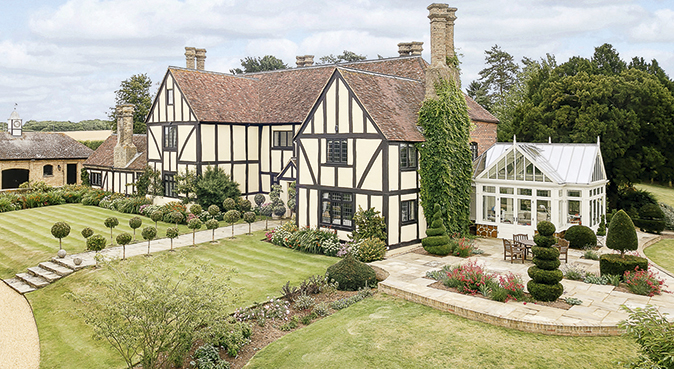

In days gone by, it was said that you could walk from Oxford to Cambridge on college land— a distance of some 67 miles as the crow flies or 82 miles by the winding A43. Journey times by whatever means were slashed in the mid 19th century with the expansion of the railways, which saw the opening of the so-called Varsity Line linking Britain’s two great university cities.
The line was built in two stages, the first by the Buckinghamshire Railway between Oxford and Bedford in 1845– 46 and the second by the Bedford and Cambridge Railway, which opened on July 7, 1862.
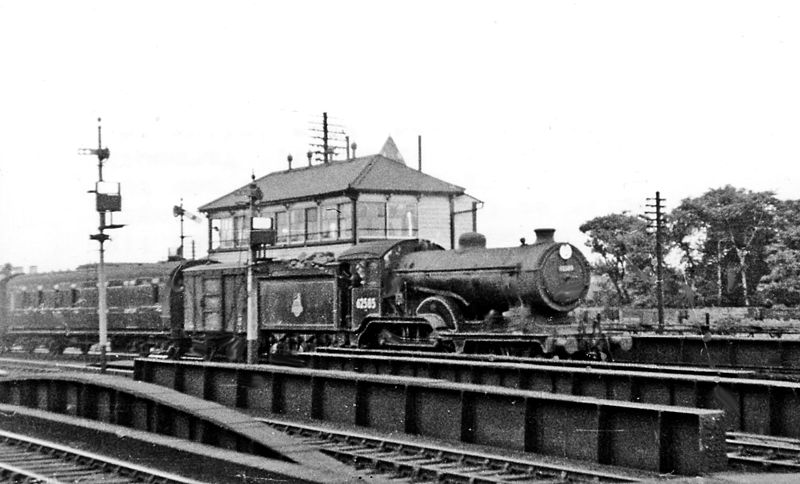
Although not listed for closure in Dr Beeching’s report The Reshaping of British Railways (1963), by the mid 1960s, the number of passengers using the Varsity Line had fallen dramatically following the introduction of fast trains from London to Oxford and Cambridge, which made it quicker for time-pressed travellers to go via the capital. This resulted in the withdrawal, in 1967, of passenger services from the Oxford-Bletchley section and all trains from the Bedford-Cambridge section.
In the early 2000s, a campaign led by the East West Rail consortium, a group of dynamic local authorities in the region, began to gain ground in its efforts to reopen the line, with the grand objective of providing a fast and reliable rail service connecting East Anglia with central, southern and western England.
The project was broken down into three main areas: the Western Section, whose remit is to improve services between Oxford and Bedford; the Eastern Section, which will consider services to the east of Cambridge; and the Central Section, which will deliver a new rail line between Bedford and Cambridge and interface with the Western Section to deliver the ‘holy grail’: Varsity Line Mk II.
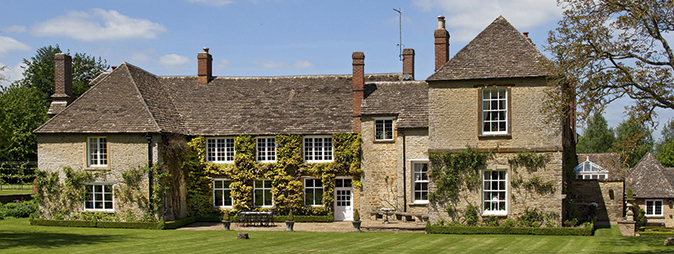
The corridor linking Bedford to Cambridge, via Sandy, has been identified by East West Rail, Network Rail and the Department for Transport as the preferred route for the new Central Section.
Government backing for £110 million of funding for an east-west rail link between Oxford and Cambridge—as part of a total commitment of £1.3 billion for national infrastructure projects— was confirmed by Chancellor Philip Hammond in his Autumn Statement and enthusiastically received, not only by the East West Rail consortium and its industry partners, but also by leading experts in planning and residential development, who warn that builders are unlikely to sign off on much-needed housing projects until they can see the new railway finally taking shape.
Sign up for the Country Life Newsletter
Exquisite houses, the beauty of Nature, and how to get the most from your life, straight to your inbox.
James Bainbridge, head of planning and development at Carter Jonas, sees the immediate overhaul of the national planning system as crucial to the implementation of the new measures: ‘The current planning system remains the fly in the ointment in the pledge to deliver more housing. What is holding up a step-change in supply is the inability of local authorities to get Local Plans in place, along with their inability to move quickly to grant planning permissions and clear down pre-commencement conditions.’"
Applauding the government’s initiative, David Jackson, head of UK planning at Savills, comments: ‘The Government has recognised the important principle of “I before E”, that is “Infrastructure before Expansion”, by announcing the £2.3 billion Investment Fund for new infrastructure to support the construction of 100,000 new homes in high-demand areas. This should help to deliver large developments that might otherwise be held up due to lack of essential facilities.’
He adds: ‘It is also important that the Chancellor has confirmed that the Oxford-Cambridge corridor is not just about infrastructure, but is recognised as a growth corridor capable of delivering new jobs and housing. This is borne out by the fact that the National Infrastructure Commission found more than 300 potential development sites across the corridor, which could provide up to 400,000 new homes.’
In housing terms, Oxford and Cambridge are the expensive bookends at either end of the proposed new Varsity Line. Oxfordshire’s place at the top of the UK’s residential pyramid is underlined by the £8.75 million guide price quoted by joint agents Knight Frank (020–7861 1078) and Savills (020–7016 3780) for one of the county’s landmark country houses, North Aston Manor (Fig 1), which stands in 18 acres of pristine gardens, state-of-the-art equestrian facilities and paddocks overlooking the Cherwell Valley, nine miles north-west of Bicester and 13 miles from Oxford.
The imposing medieval manor house, listed Grade II, has been impeccably renovated by its owners of the past 20 years and offers more than 13,000sq ft of living space, including four/five formal reception rooms, eight bedrooms, five bathrooms and a spectacular indoor swimming pool and spa.
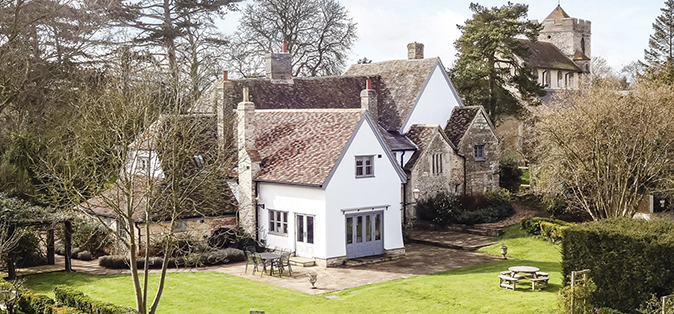
At the other end of the line, £2.85m is the guide price quoted by Strutt & Parker (01223 459500) and Carter Jonas (01223 403340) for one of Cambridge’s oldest residential properties, Grade II*-listed The Old Rectory (Fig 2), which sits in 2.7 acres in the heart of Kingston village, seven miles east of Cambridge. The house, which dates from the 13th century with 15th-century additions, was bought by Henry VI in 1457 and given to his new Cambridge foundation, now Kings College: it remained in college ownership until 1926, when it was sold to a private buyer.
Painstakingly restored in recent years, the house has four reception rooms, five bedrooms, five bath/ shower rooms, a kitchen/breakfast room, a games room, extensive outbuildings and planning consent to extend the kitchen and convert its old thatched barn to a two-bedroom cottage.

Buyers willing to go the extra mile or three beyond Harpenden can find excellent value for money in the countryside around Bedford, says Nick Ingle of Savills (01582 465002), who is asking £3.65m for 16th-century, Grade II-listed Cainhoe Manor (Fig 3), which stands in six acres of beautifully maintained gardens and grounds between Clophill and Graven- hurst, in Bedford’s Flit River Valley, nine miles east of Woburn.
Thought to have been one of Henry VIII’s hunting lodges, the house has been extensively renovated by its current owners during their 25-year tenure and has impressive formal reception rooms, a new conservatory, a new orangery and six charming bedrooms on the first and second floors; further guest accommodation with access to the leisure suite and indoor pool is located in the old stable courtyard.
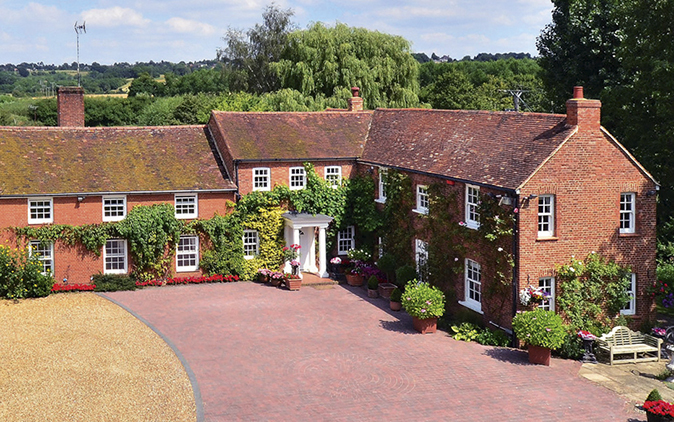
The Buckinghamshire countryside around Milton Keynes may not readily spring to the minds of London buyers in search of a rural retreat, but there is value to be found here, too, says Mark Rimell of Strutt & Parker (020–7629 7282), who is handling the sale of the appealing, 72-acre Paper Mill Farm (Fig 4) in the pleasant rural village of Stoke Hammond, between the Grand Union Canal and the River Ouzel to the south of Milton Keynes, at a guide price of £2.1m for the whole.
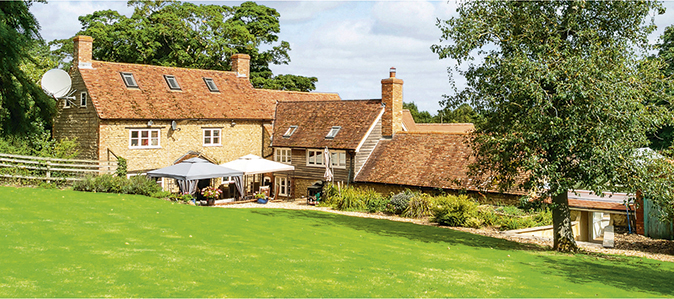
The Northampton office of Carter Jonas (01604 608200) quotes a guide price of £1.375m for charming Rocks Farm (Fig 5) with four acres of land at Stoke Goldington, Buckinghamshire, 11 miles north of Milton Keynes. The property comprises an immaculate, five-bedroom stone farm- house with an annexe, gardens, a paddock and woodland in a delightful rural setting.
-
 The King's favourite tea, conclave and spring flowers: Country Life Quiz of the Day, April 22, 2025
The King's favourite tea, conclave and spring flowers: Country Life Quiz of the Day, April 22, 2025Tuesday's Quiz of the Day blows smoke, tells the time and more.
By Toby Keel Published
-
 London is the place for me* (*the discerning property buyer)
London is the place for me* (*the discerning property buyer)With more buyers looking at London than anywhere else, is the 'race for space' finally over?
By Annabel Dixon Last updated
